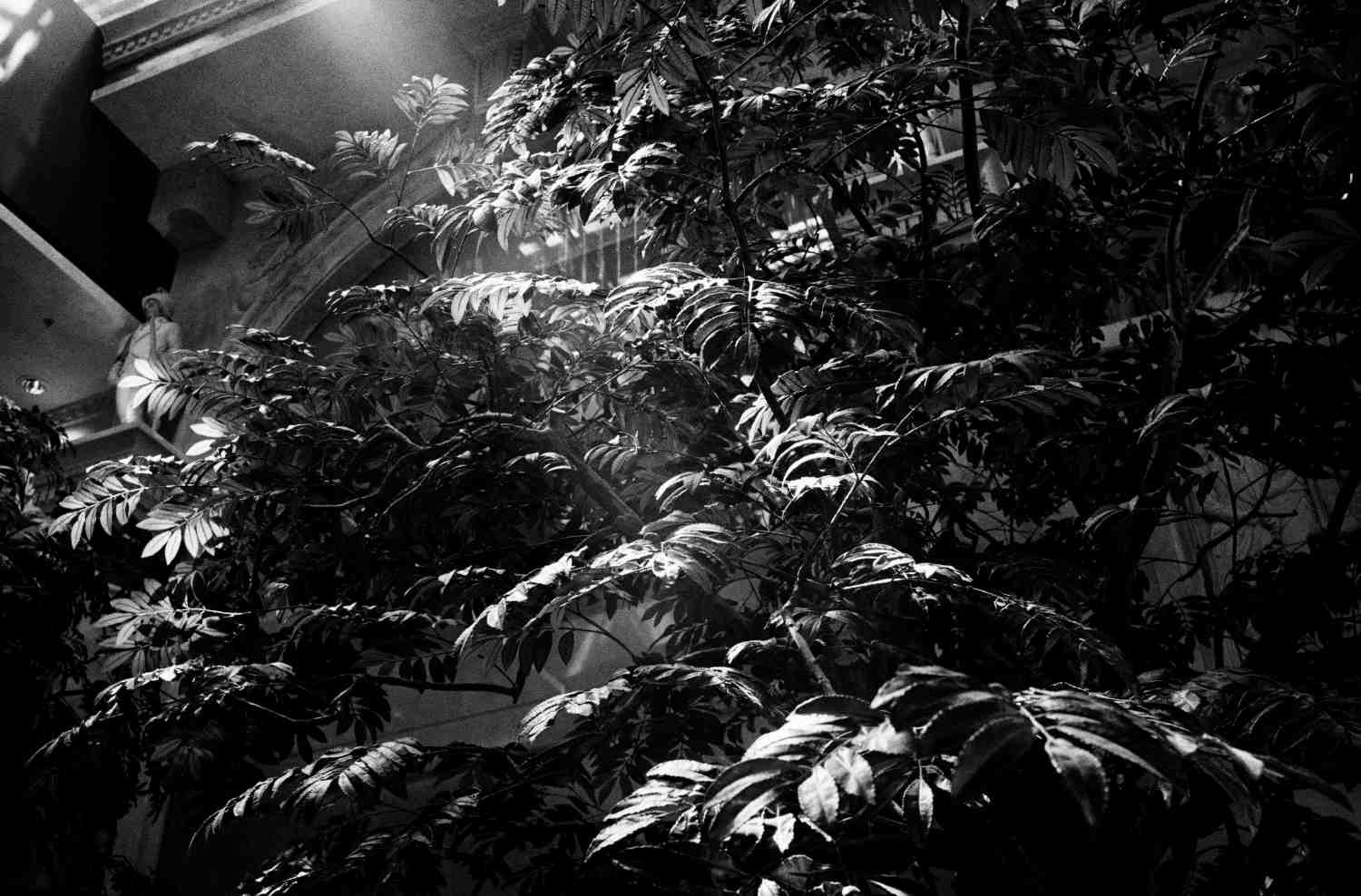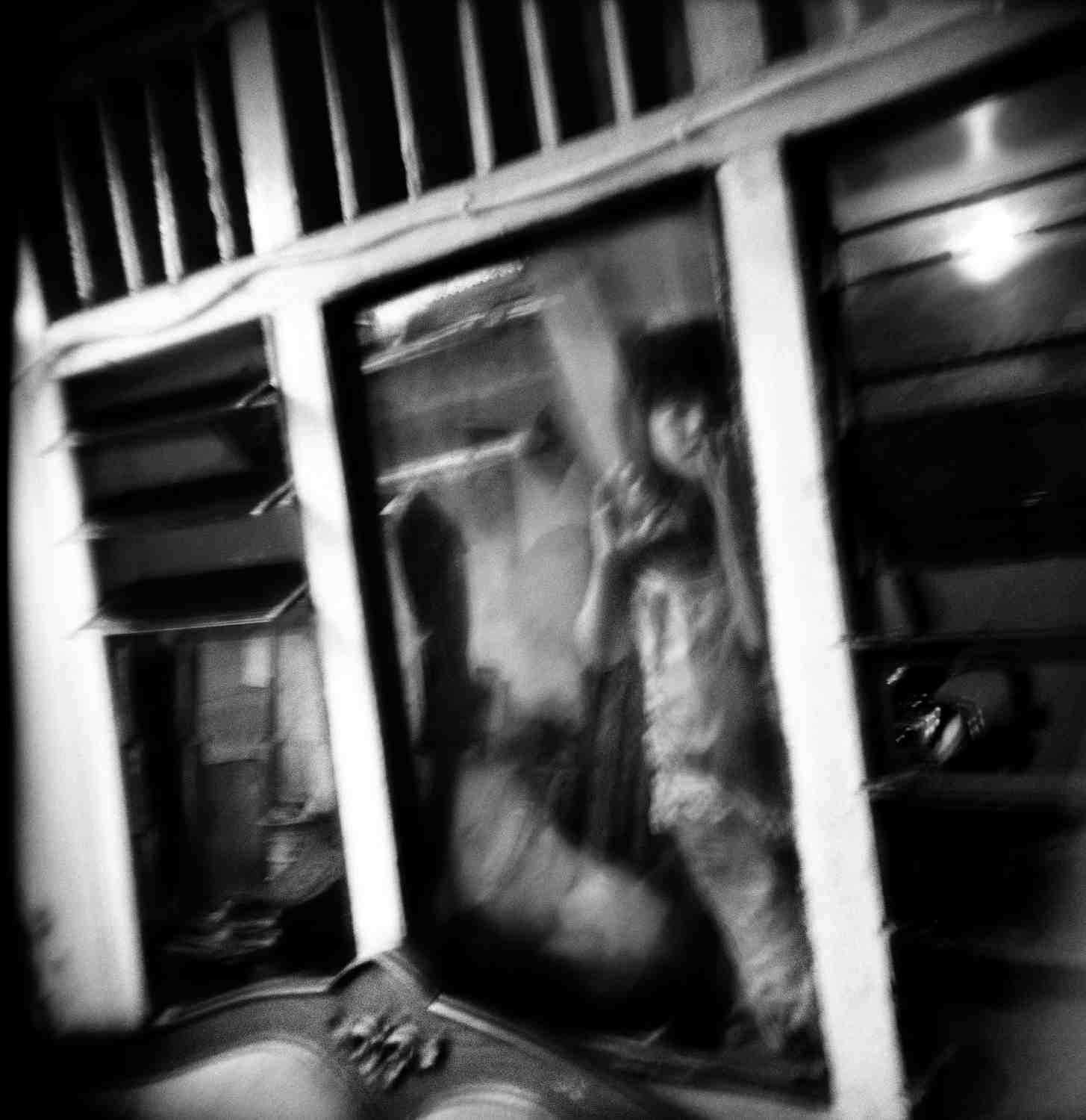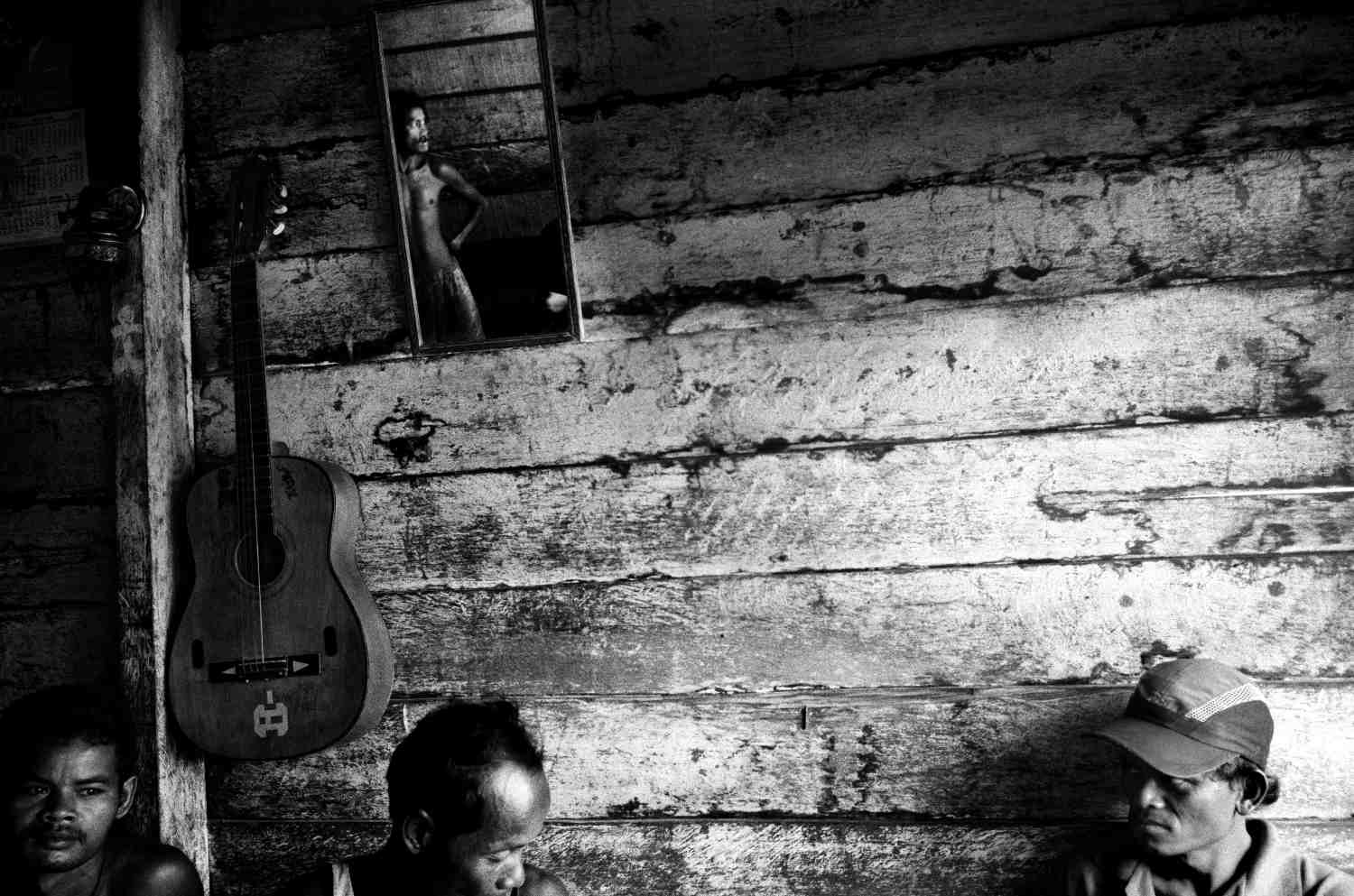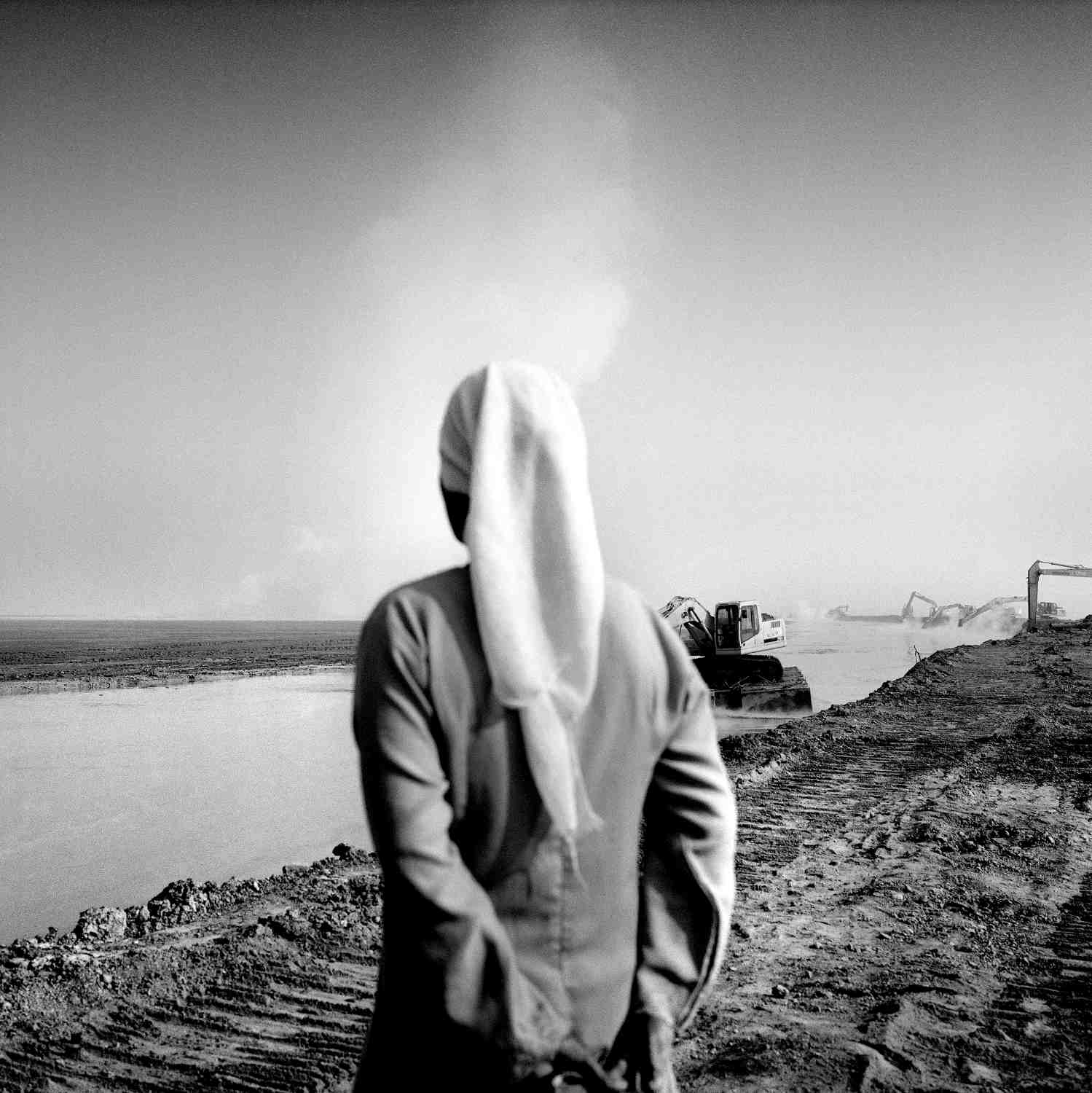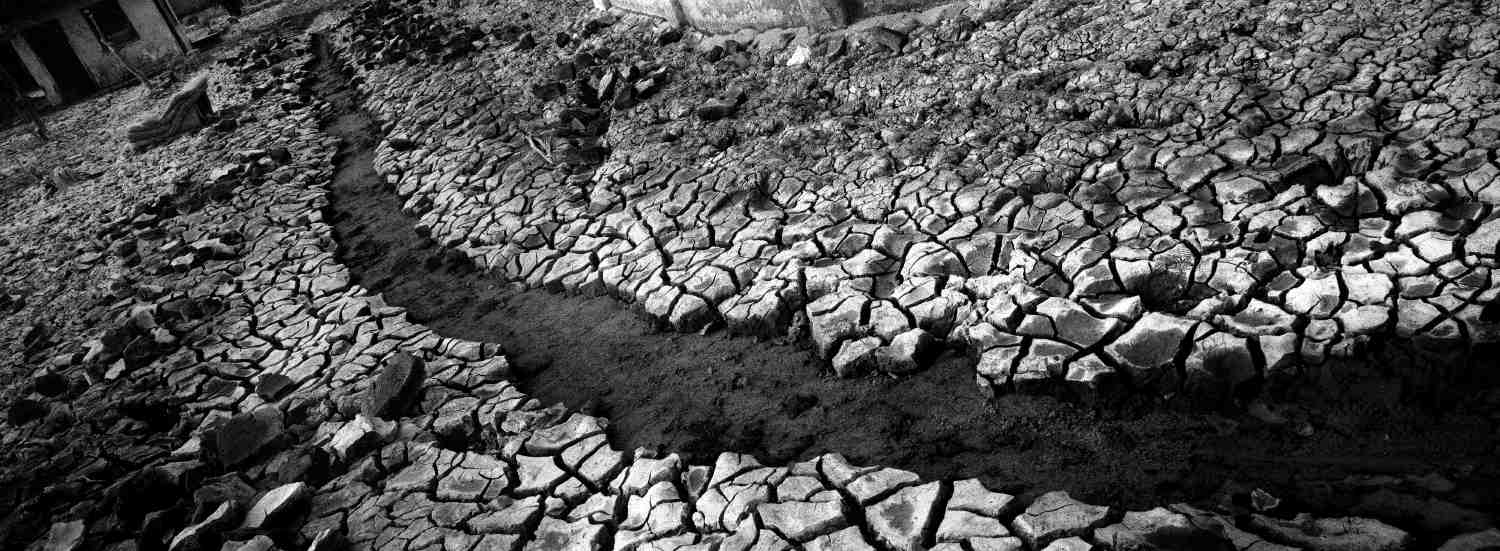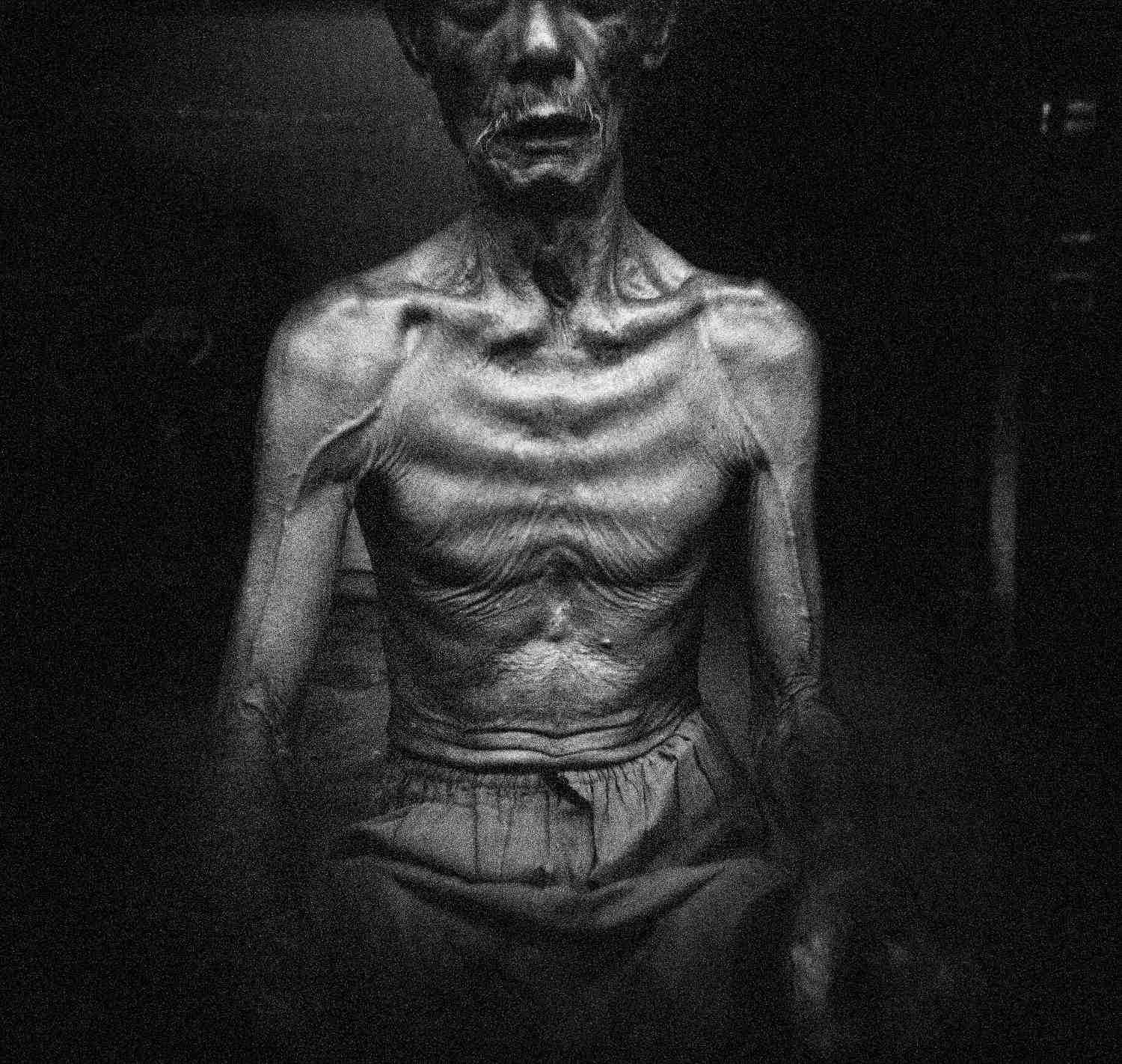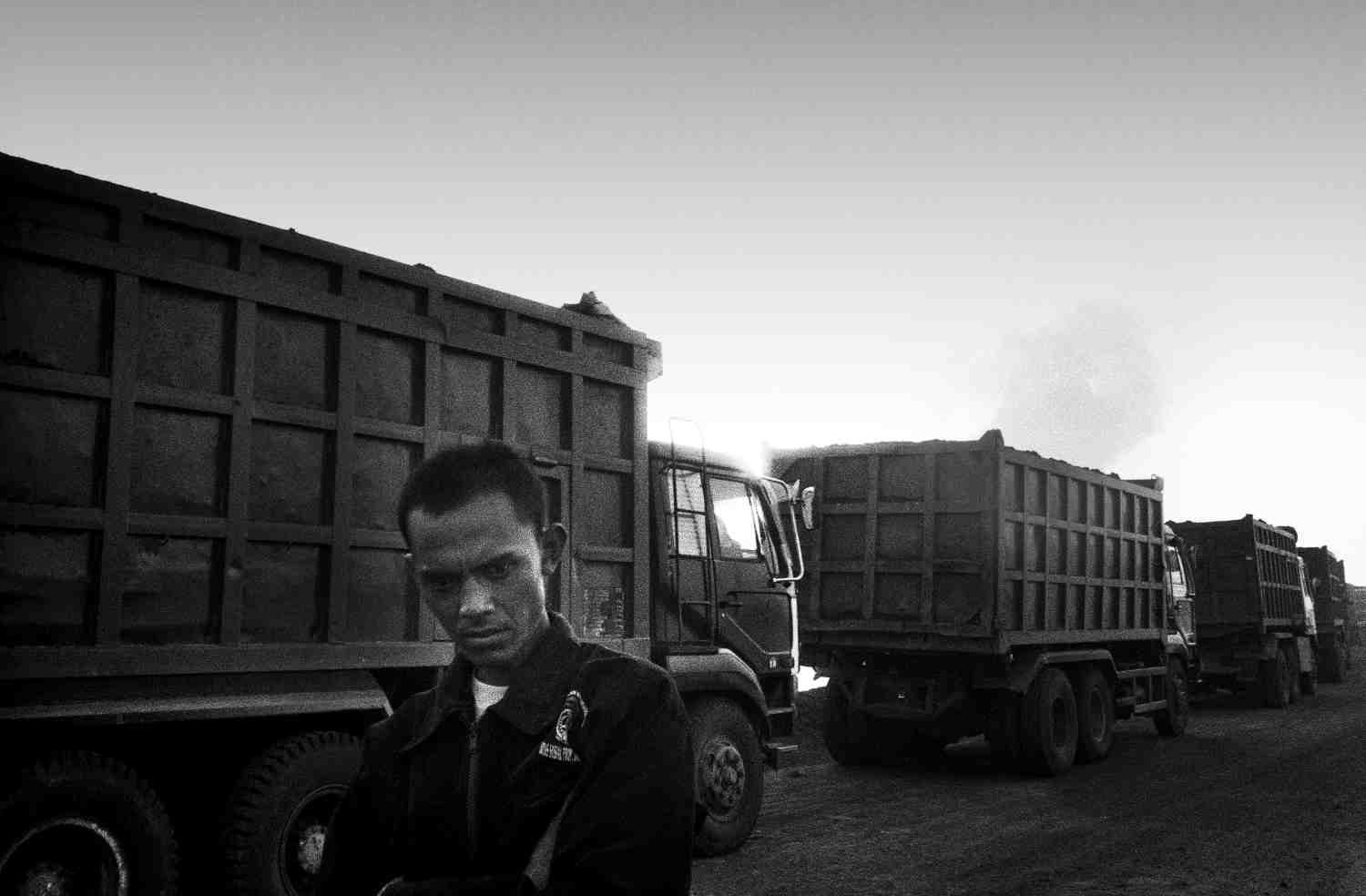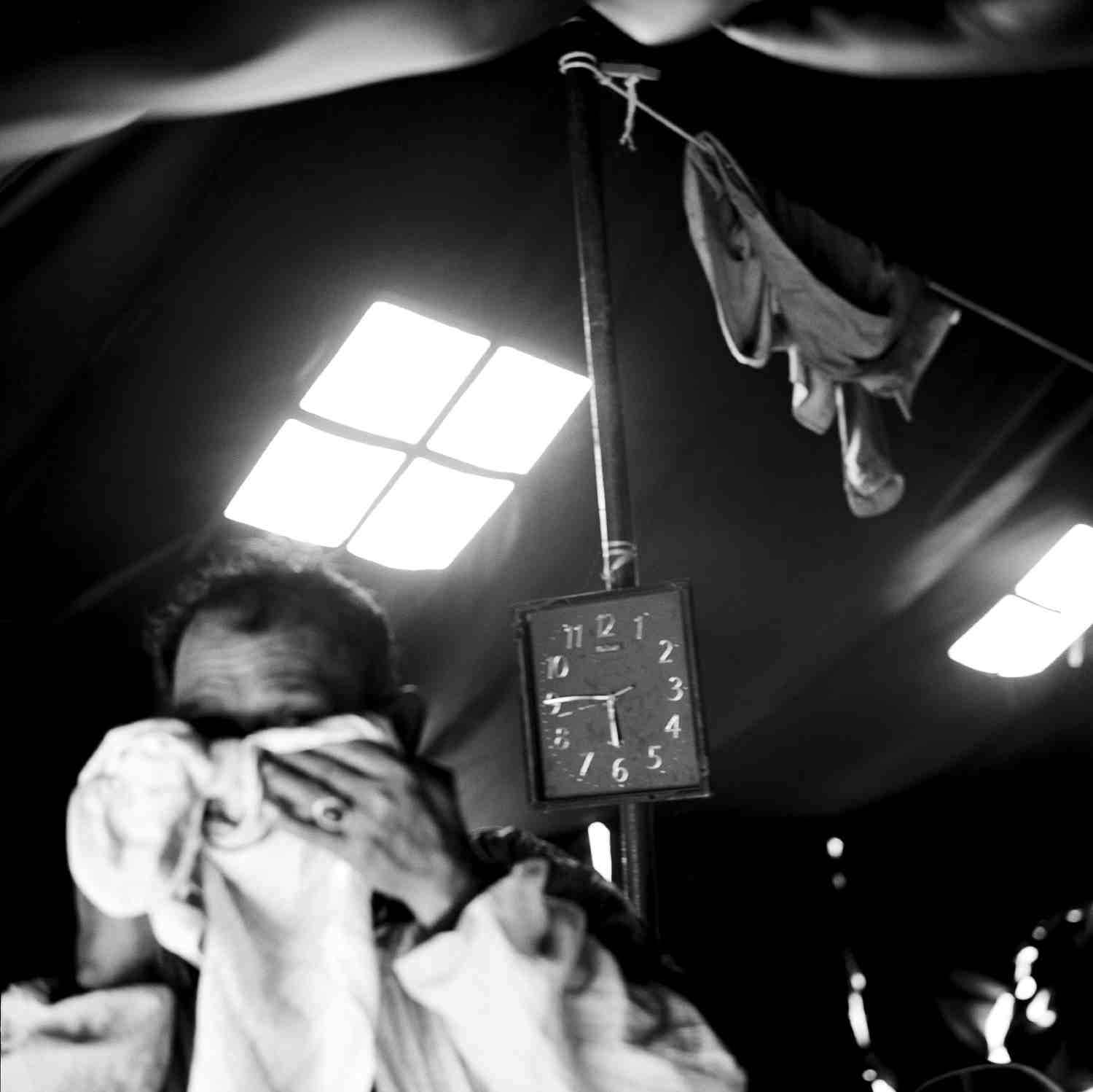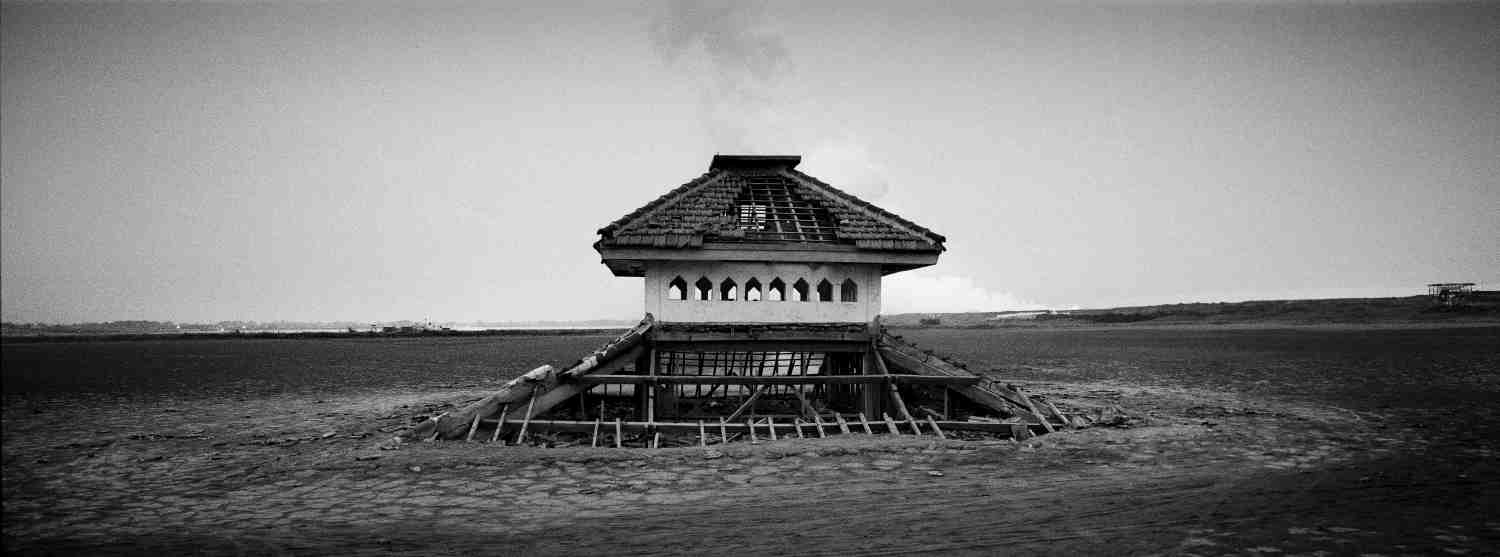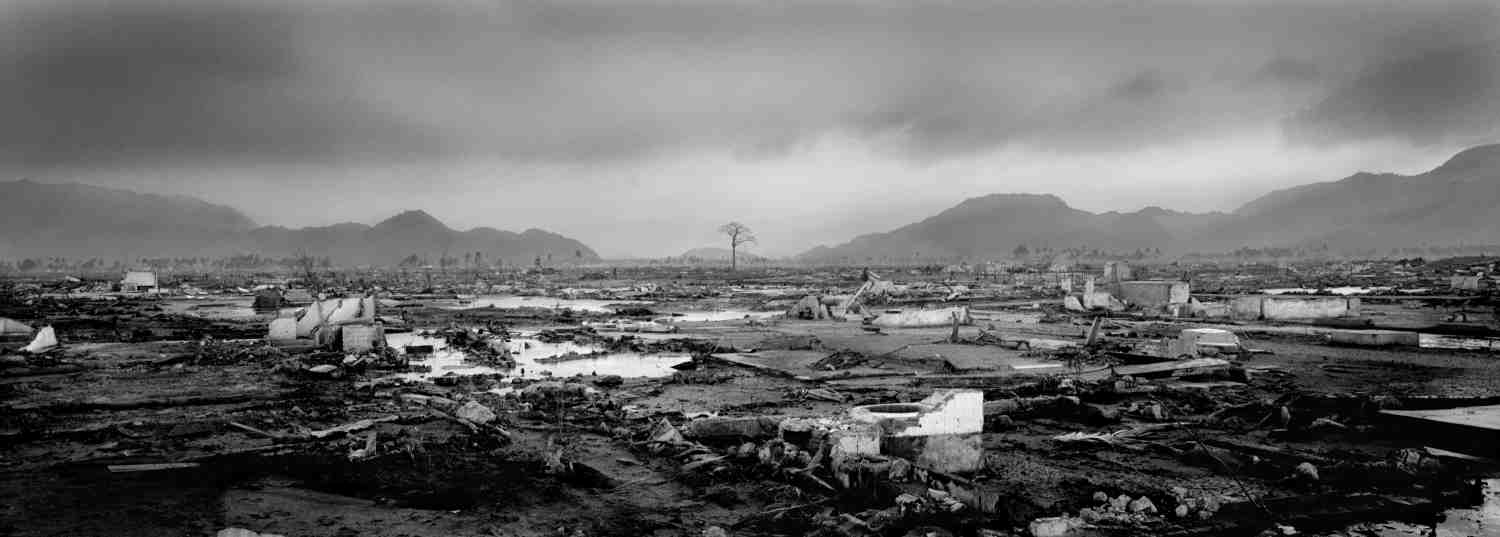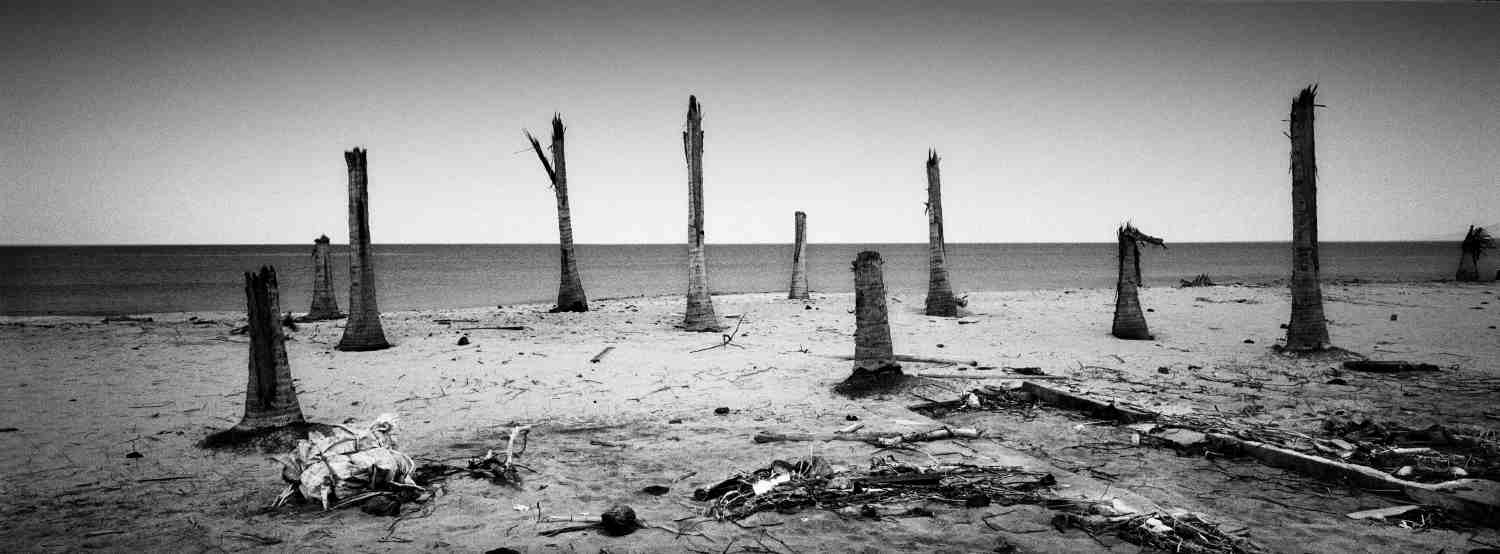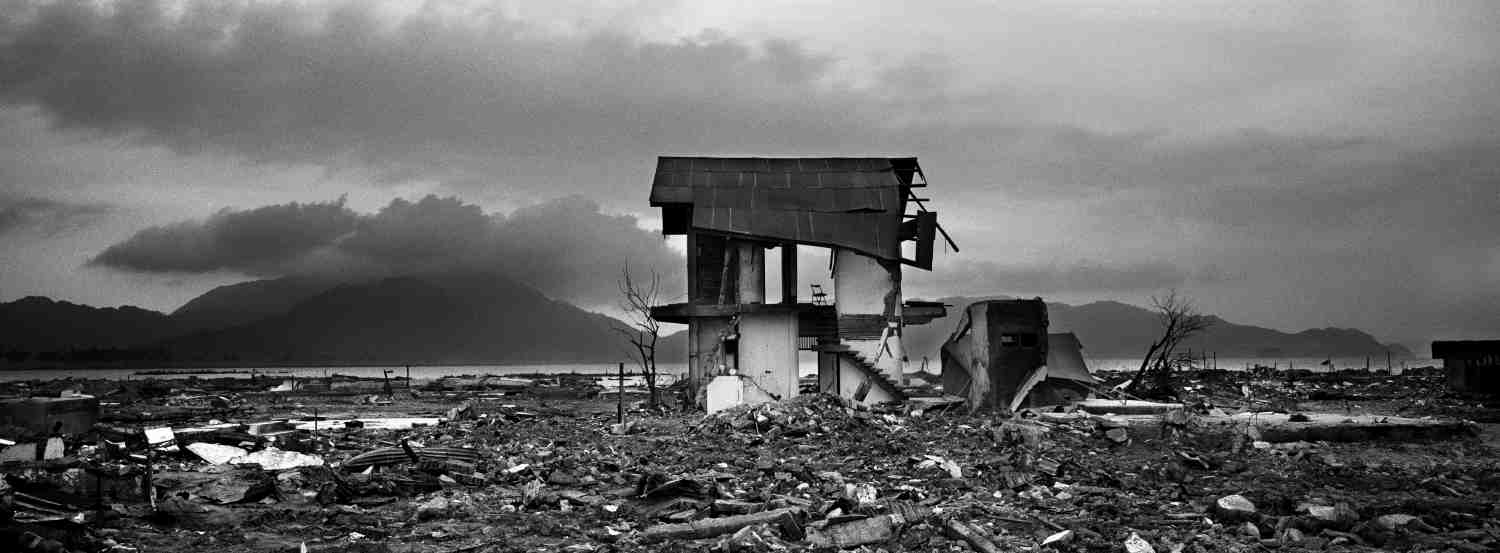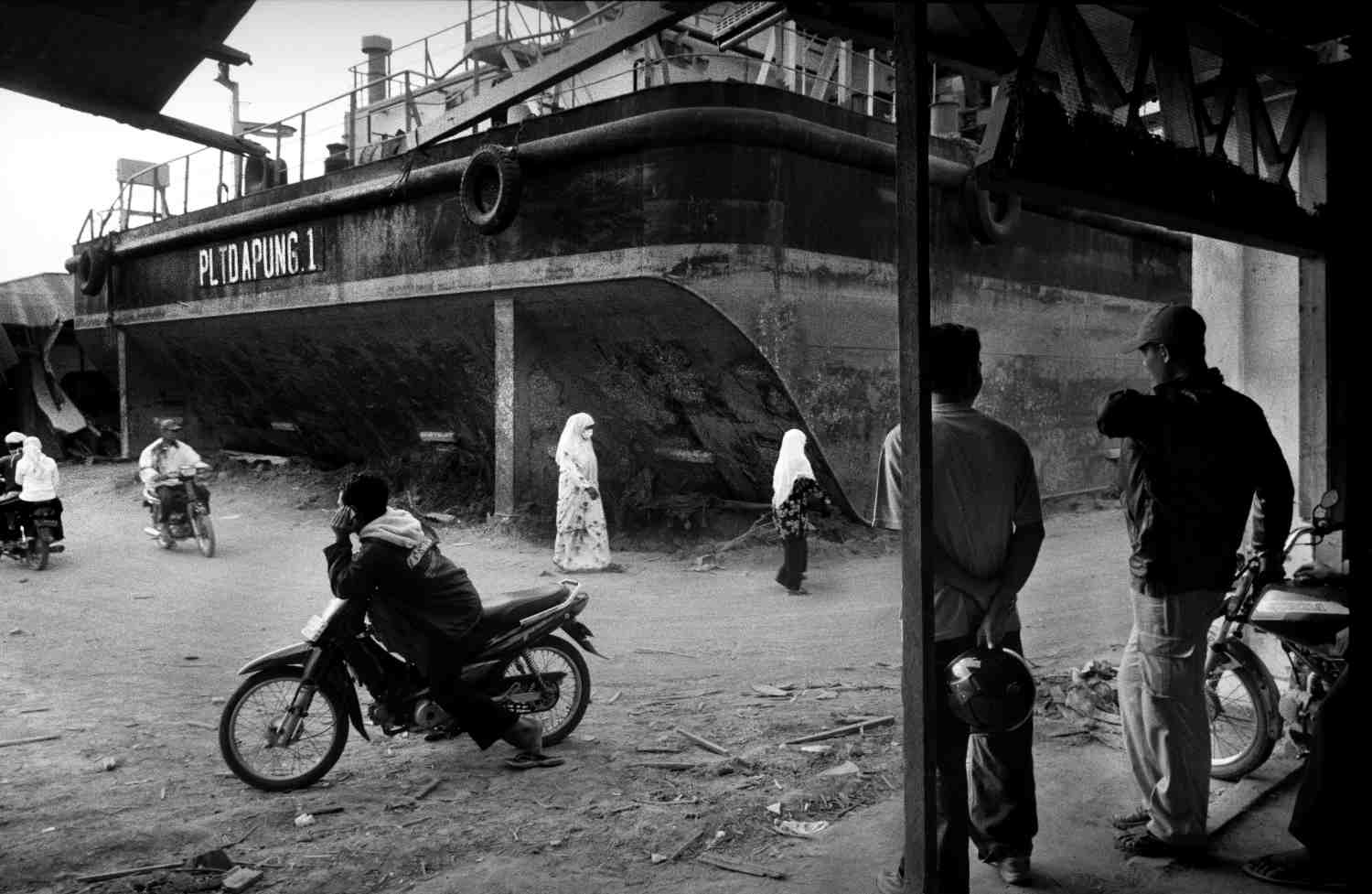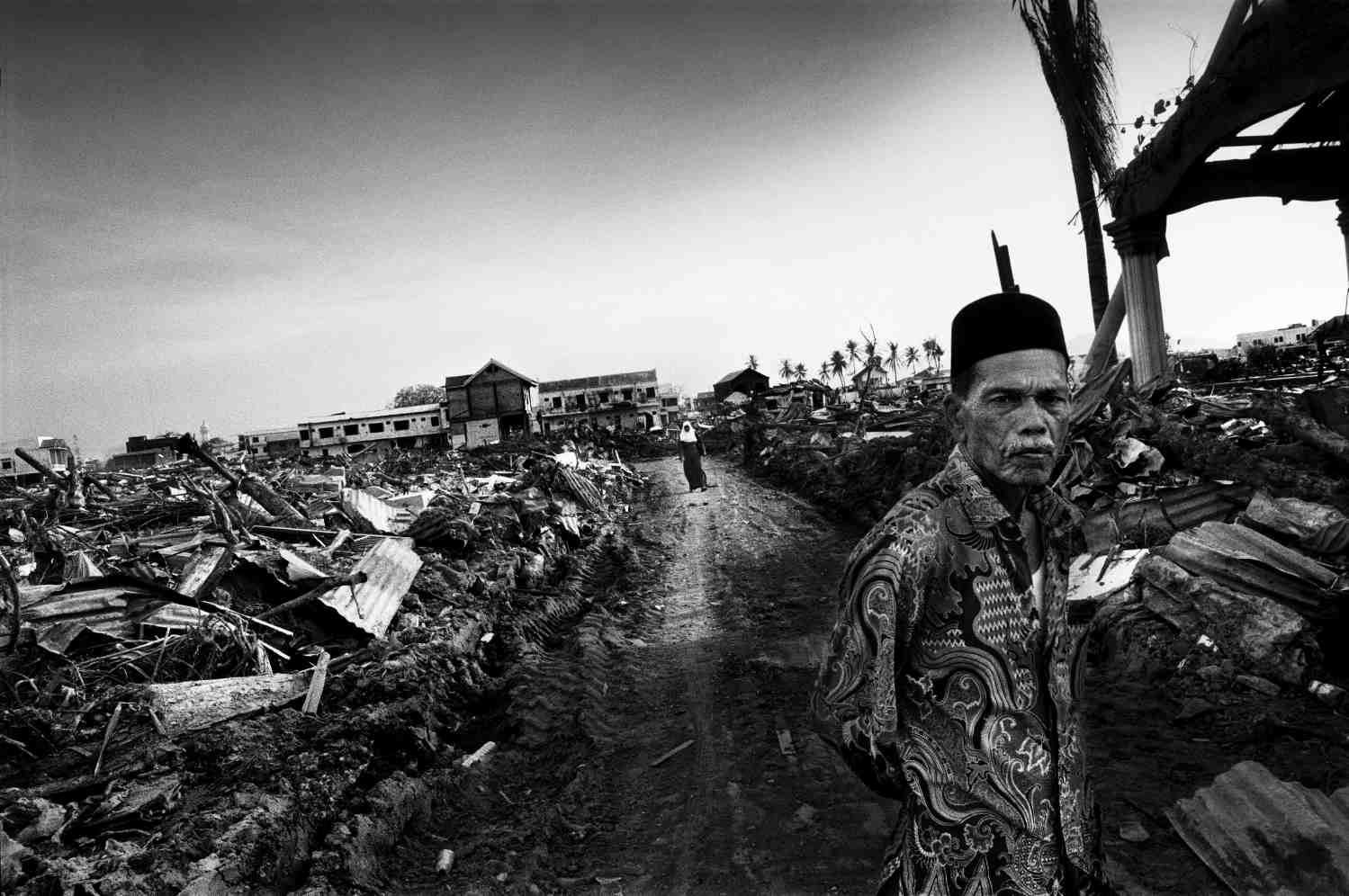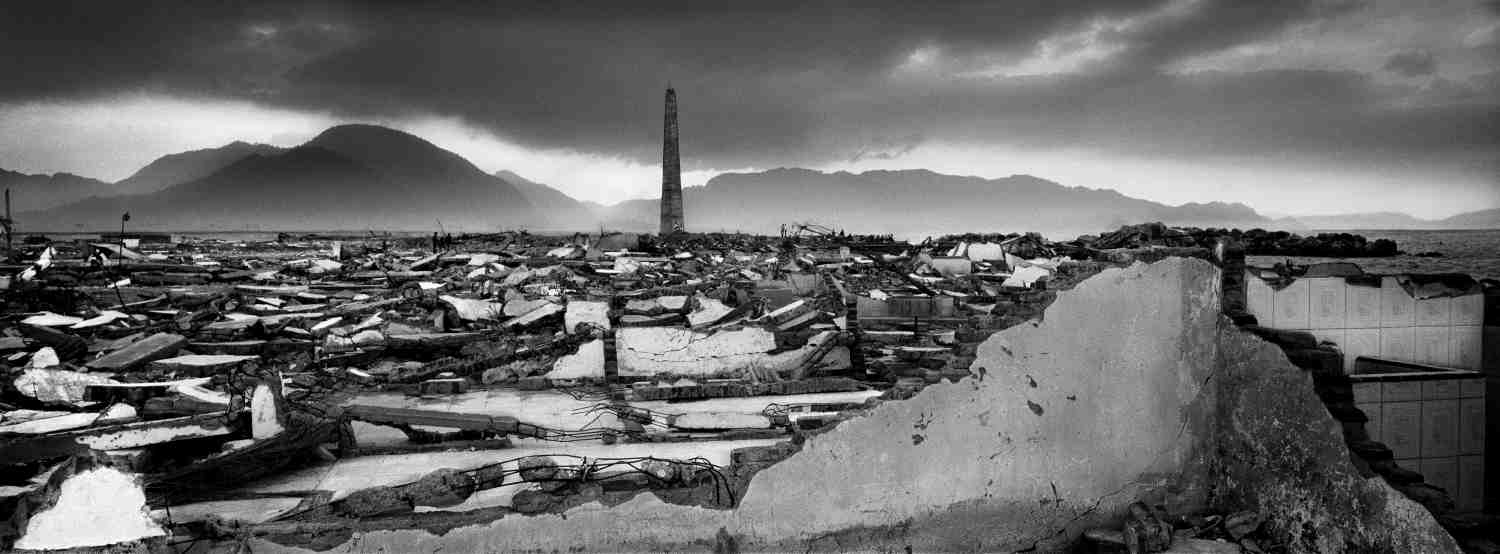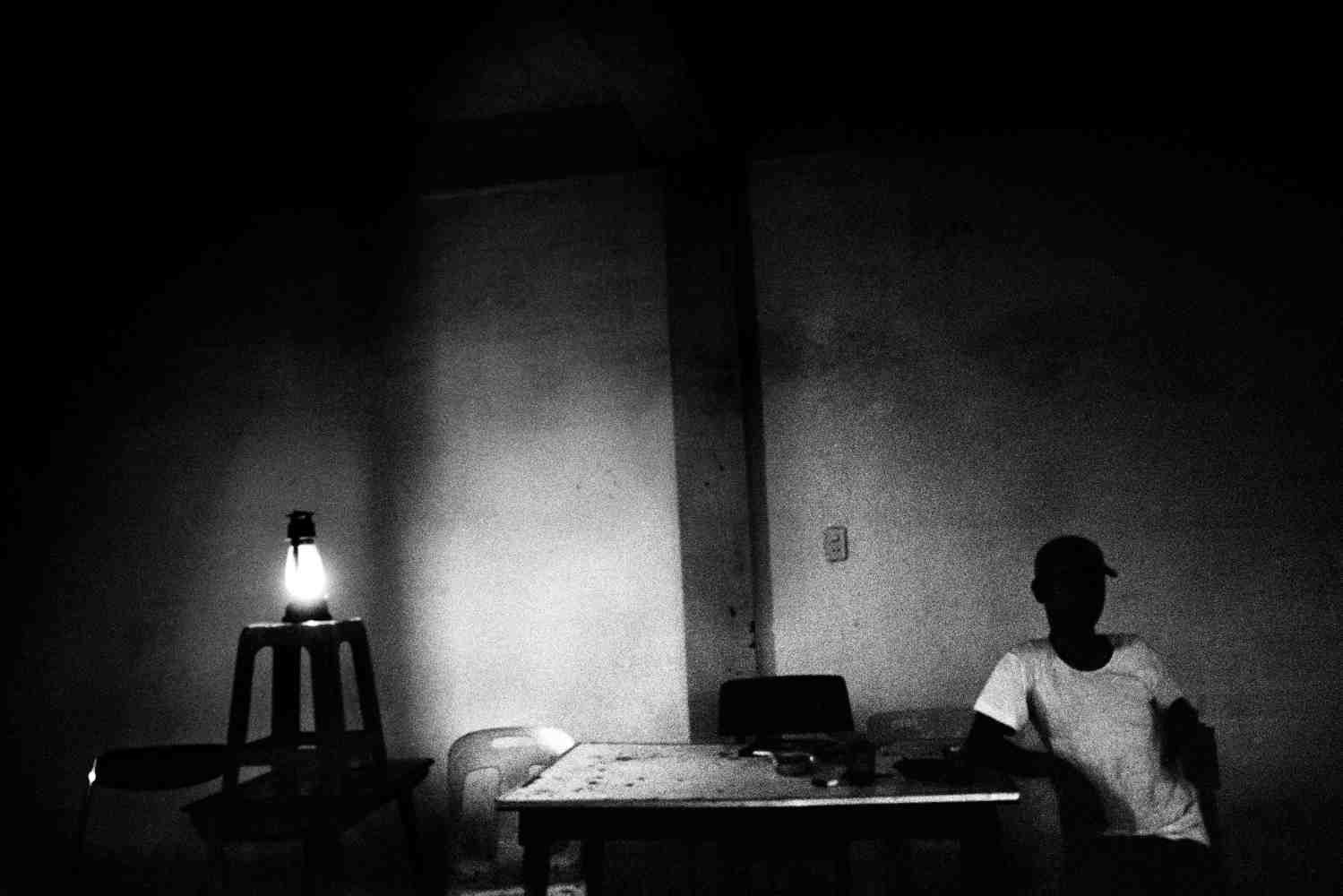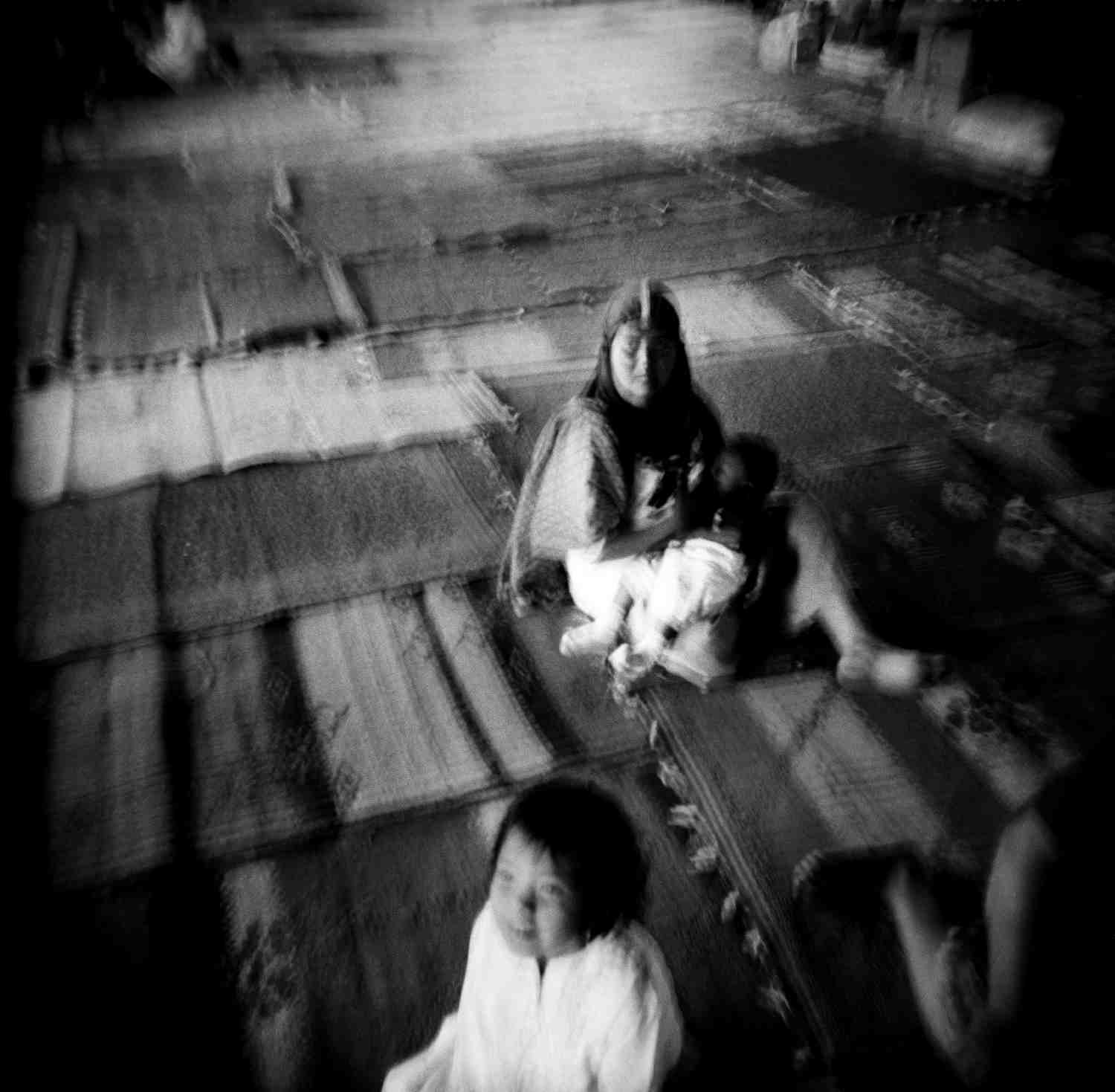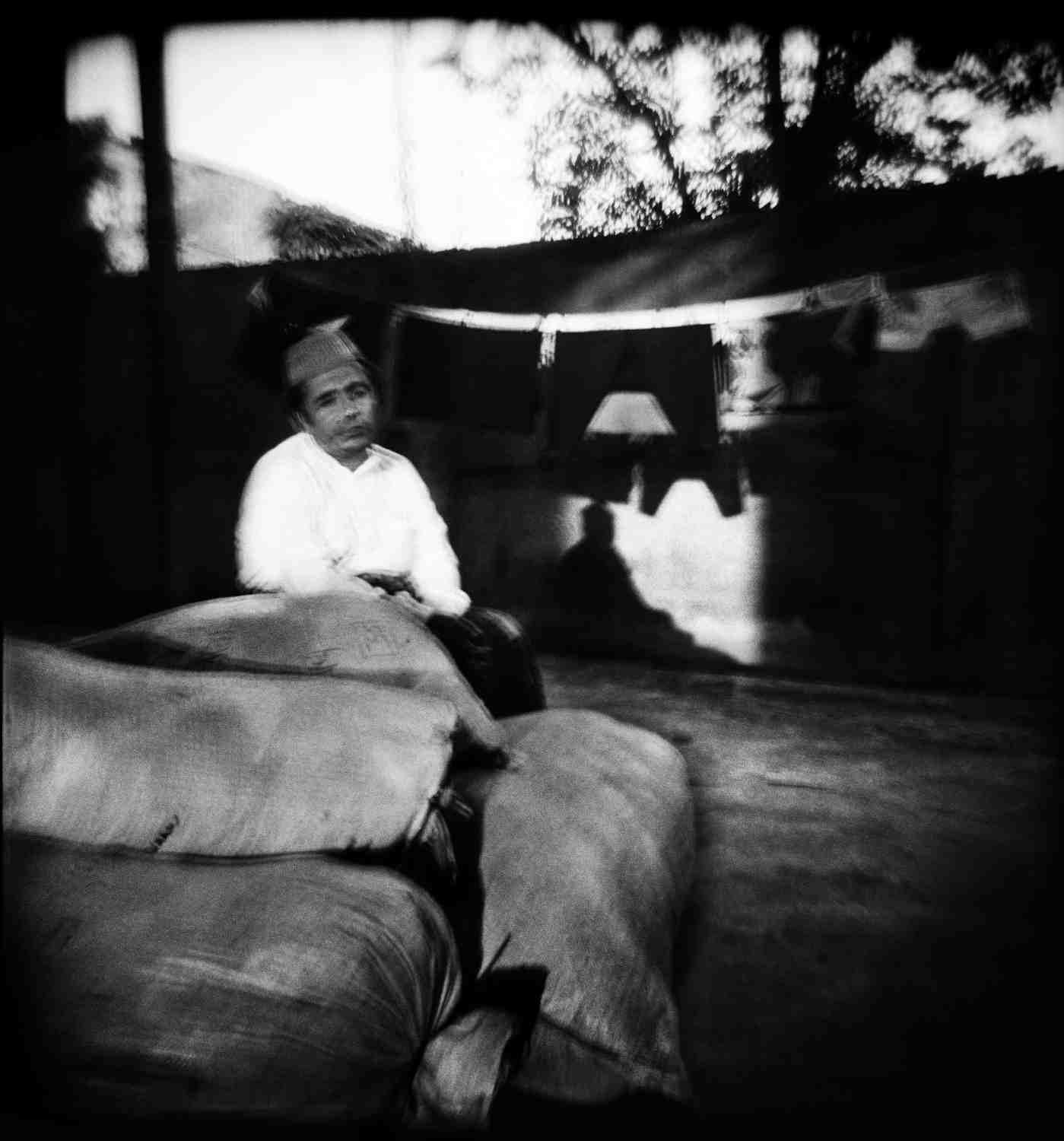Il progetto “Indonesia: Just another Day” mira a documentare i problemi che affliggono questo Paese in seguito alla tragedia dello tsunami.
26 dicembre. 2004: lo tsunami dell’Oceano Indiano ha distrutto l’area costiera di Banda Aceh. Tutto è stato cancellato. L’Indonesia ha dovuto affrontare un’enorme perdita di vite umane e di mezzi di sussistenza. Sono infatti state devastati migliaia e migliaia di ettari di risaie e la maggior parte dell’industria della pesca.
Provincia di Riau, Sumatra. Prima che il petrolio venisse scoperto dalle compagnie statunitensi, Pekanbaru, Duri e Dumai erano cittadine modeste. Negli ultimi anni sono diventate vere e proprie città moderne e i principali centri petroliferi dell’intero Paese. Le autorità provinciali si sono lamentate del fatto che il petrolio pompato fuori da Riau non andasse a beneficiare la sua stessa gente, facendo poco per alleviare la povertà che contribuiva a peggiorare il problema della foschia. I poveri agricoltori, privi di macchinari moderni, fanno ancora affidamento sul taglia e brucia per liberare nuovi terreni e destinarli all’agricoltura. Ciò contribuisce a devastare intere zone e produce smog e inquinamento. Inoltre, la regione è stata profondamente trasformata dalla deforestazione massiccia e dall’enorme sfruttamento delle risorse naturali, necessarie per il pompaggio del petrolio. Gli impianti petroliferi, le industrie della carta e gli incendi boschivi hanno aumentato l’inquinamento a livelli sorprendenti.
Jakarta, i nostri giorni: la città del governo centrale, una megalopoli in continuo sviluppo con 12 milioni di abitanti. Edifici futuristici, case di lusso ed enormi centri commerciali si trovano affiancate a un numero sempre più grande di baraccopoli, dove le persone vivono in condizioni di povertà estrema. Negli ultimi dodici anni l’eccessivo sfruttamento delle falde acquifere e la speculazione immobiliare incontrollata hanno fatto sprofondare la città oltre 100 cm.
East Java, distretto di Porong. Dalla fine di maggio 2006, circa 100.000 tonnellate cubiche di fango bollente sono fuoriuscite da una faglia creata dai pozzi di perforazione realizzati dalla Lapindo Brantas Company a Porong, reggenza di Sidoarjo, East Java. L’obiettivo della perforazione era quello di trovare sacche di petrolio e gas naturale in zone considerate sismicamente pericolose.
Il bilancio di questo disastro diventa sempre più grave: migliaia di ettari di risaie, 14.000 case, fattorie, scuole e moschee sommersi nel fango; 50.000 persone hanno perso le loro proprietà e il lavoro; circa 200 persone lottano simbolicamente contro la natura e decine di camion compiono circa 700 viaggi al giorno, portando terra a sostenere la prima barriera per arginare la fuoriuscita di fango dalla faglia. È una lotta senza tregua fine e scopo, che costa un miliardo di dollari. Quattro anni dopo, le vittime della colata di fango sono ancora nel limbo.
Papua: la parte occidentale della seconda isola più grande del mondo, una delle aree più critiche dell’Indonesia. E’ legata a Banda Aceh per il desiderio di indipendenza degli abitanti e alla provincia di Riau per lo sfruttamento delle risorse naturali. Qui il governo centrale ha creato la provincia di Irian Jaya, nonostante le differenze culturali ed etniche rispetto al resto della popolazione. Per anni il presidente ha promesso un’autonomia speciale per il popolo papuano, ma tutte le promesse sono state vane e il governo ha continuato a guadagnare tempo e a sfruttare eccessivamente le enormi risorse naturali dell’isola. Anche le attività ribelli dei separatisti di OBM non hanno portato ad alcun risultato. Il governo indonesiano è ben consapevole dell’impatto distruttivo del disboscamento industriale nella Papua occidentale.
Anche l’ambiente naturale, oltre che per gli effetti dello tsunami, ha subito un duro colpo. A Pekanbaru e nell’East Java l’estrazione di petrolio causa enormi danni all’ambiente. Vedendo ciò, si ha quasi l’impressione che con lo tsunami la natura volubile e femminile abbia voluto vendicarsi dell’uomo e della sua distruttività. Questa storia si collega a quella di Banda Aceh e all’area colpita dalla tragedia dello tsunami, anche se non sembra esserci alcun collegamento tra i due. Infatti, a Pekambaru, a East Java e Papua, la distruzione ambientale è opera dell’uomo. Invece a Banda Aceh è opera della natura. La zona di Aceh è però da anni in guerra con il governo indonesiano per motivi che, ufficialmente, si collegano al desiderio di indipendenza da parte degli abitanti di quella regione ma che, in realtà, sono legati alla ricca presenza di riserve petrolifere. Sembra quasi che la natura volesse anticipare ciò che le azioni dell’uomo avrebbero compiuto altrove.
Testo di Chiara Oggioni Tiepolo/Massimo Mastrorillo






